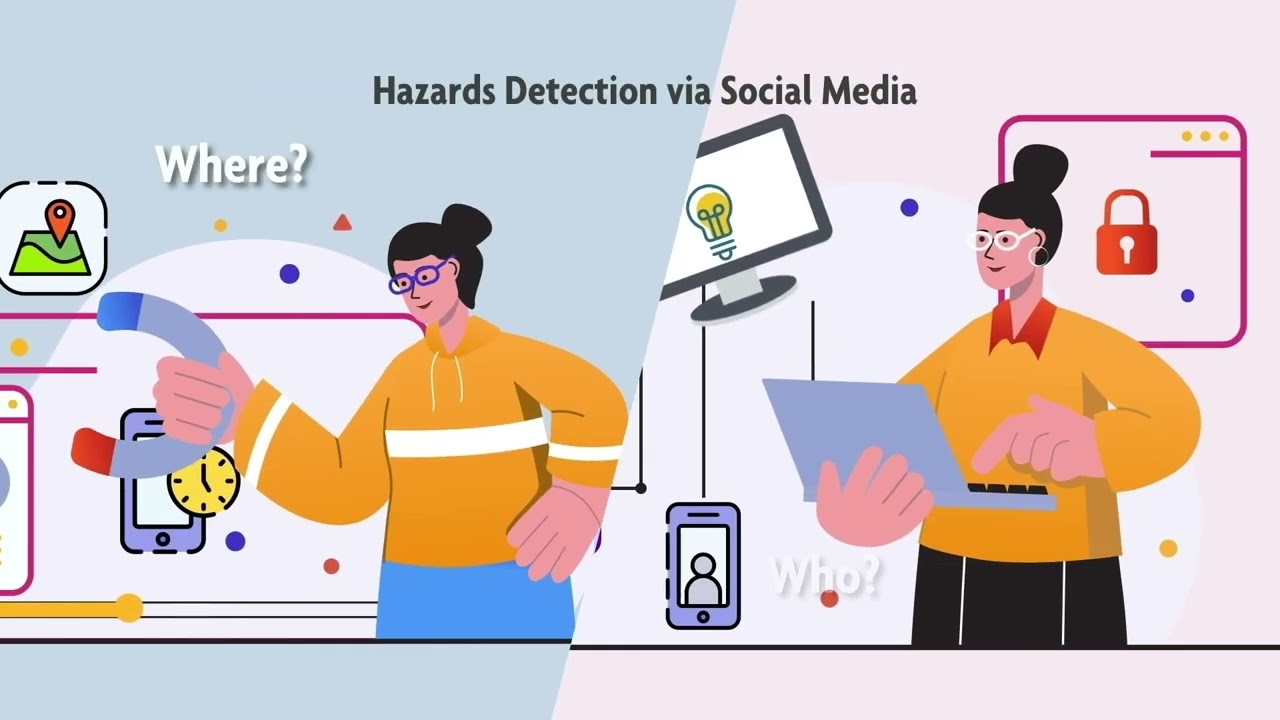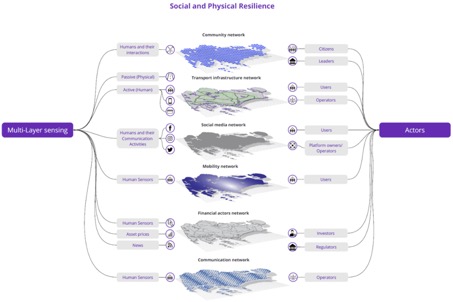Distributed Cognition for Social Resilience

Extracting knowledge from multi-layer networks and big data to enhance sense-making and improve social and socio-technical resilience
The resilience of a modern society comprises two interdependent parts: the resilience of its engineered infrastructure and the resilience of the communities that depend on that infrastructure.
Social resilience is the capacity and ability of a social entity to withstand and recover from catastrophic events and disruptions that may result from natural, technological, political, or social shocks and strains. Assessing a community’s social resilience based on quantitative measures is an important step towards building organisational and community resilience.
The objective of the “Distributed Cognition for Social Resilience” research cluster is to quantify social resilience, predict future disruptions so that we can mitigate the negative impacts, and understand how a resilient society interacts with infrastructure and is affected by disruptions.
Based on a distributed cognition approach enabled by data science innovations, researchers will combine approaches such as real-time data acquisition from mobile sensors, automated analysis of social media data, and context-based spatiotemporal analysis. Ultimately, improved sense-making and cognition at organizational and community levels will lay the foundation in building more resilient communities.

Expected outcomes
The team will develop tools and models that can support policymakers, scientists, and practitioners, such as a complex network model and computer simulation to model social resilience for cases of disruptions.They include:
- Measures to support agencies in making cost-effective choices to increase the resilience of communities
- A dynamic mobile sensing platform will serve as a decision support tool for transport operators to manage road and rail infrastructure
- A software that automatically detects weak signals in both mobility and social media data could indicate the occurrence of hazardous events
- In the finance sector, some of the empirical findings and cognitive models developed can guide financial technology companies in future product development to increase the added value and lower risks
